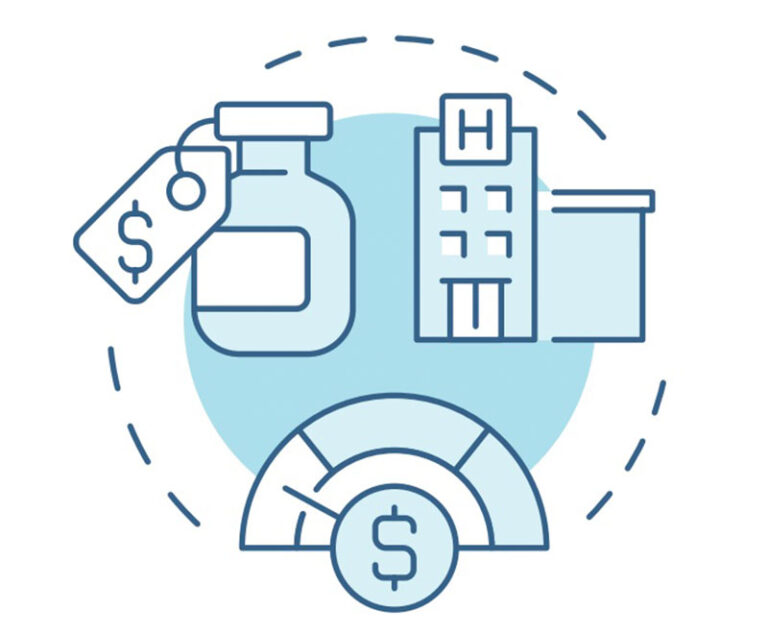Operations & Management
Supply Chain, Service & Staffing
Reimbursement FAQs Articles
Healthcare payments are complex. Consider implementing these strategies to help manage your organization's payment policies and workflows.
Specialty medications are an integral part of the first approach to treatment in an ever-increasing number of disease states, but costs have ballooned to an astronomical number.
Getting paid for drugs demands a robust chain of events linking product procurement, its use within both the clinical framework and payer requirements, and the revenue cycle function of charging, billing and subsequent reimbursement.
Drug reimbursement hinges on a variety of issues. Here are the top five to consider.
Even with the coding sets used to reimbursement healthcare expenses, it is sometimes necessary to increase the specificity of the data or to add a contingency of payment by adding modifiers.
The proposed calendar year 2024 Outpatient Prospective Payment System (OPPS), Ambulatory Surgery Center (ASC) and Physician Fee Schedule (PFS) payment rule sets are being finalized to begin Jan. 1, 2024.
Healthcare providers across the national have marked well more than a year of consecutive negative margins as they experience the effects of higher expenses.
Financial Challenges remain a consisten t and growing concern for the healthcare industry, so taking actionable steps to produce tangible results can assist the industry in righting itself after uncertain times of financial instability.
The 2022 Inflation Reduction Act significantly changes the U.S. prescription drug pricing regulations, creating a radically different market environment.
Manufacturers have mainly stayed on the periphery of the discussion about how to remedy the issue of unused or wasted drugs from single-use vials, but the REFUND Act is changing that.
A number of payment rule changes and unknown future federal and state regulations loom ahead.
Understanding terms used in rule sets pertaining to payment for inpatients, which go into effect during the fiscal year effective Oct. 1, as well as outpatient and physician fee services, which go into effect during the calendar year effective Jan. 1.












